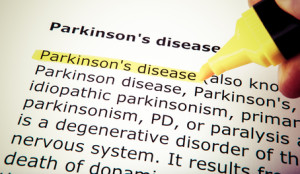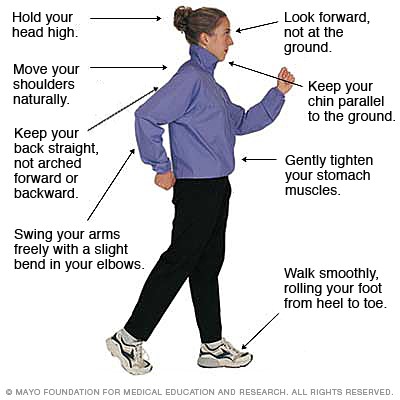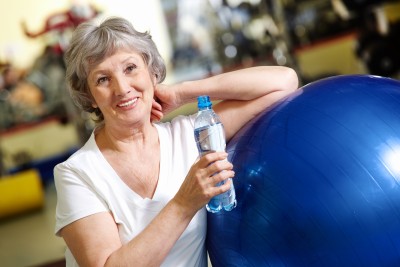The Power of Why: Motivation for Better Health
As a movement practitioner, I love it when my clients become my teachers. One conversation with someone going through the process of changing their life and fighting challenges may prompt, lead, or sometimes shove me into examining my practice, my approach, and my connection with the people I serve. Just recently Mary, one of my clients, wanted to meet with me to discuss her progress and our conversation inspired this article.




 Postural exercises should focus on increasing your awareness of proper posture and teaching you how to achieve and maintain correct body alignment with all exercise. Proper body mechanics should be a component of the total exercise program. Your program should emphasize sitting, standing, and walking tall. Include techniques for bed mobility tasks, getting in and out of chairs, descending and rising from the floor, and exercises involving proper use of the back muscles in tasks of daily living/lifting, etc.
Postural exercises should focus on increasing your awareness of proper posture and teaching you how to achieve and maintain correct body alignment with all exercise. Proper body mechanics should be a component of the total exercise program. Your program should emphasize sitting, standing, and walking tall. Include techniques for bed mobility tasks, getting in and out of chairs, descending and rising from the floor, and exercises involving proper use of the back muscles in tasks of daily living/lifting, etc.